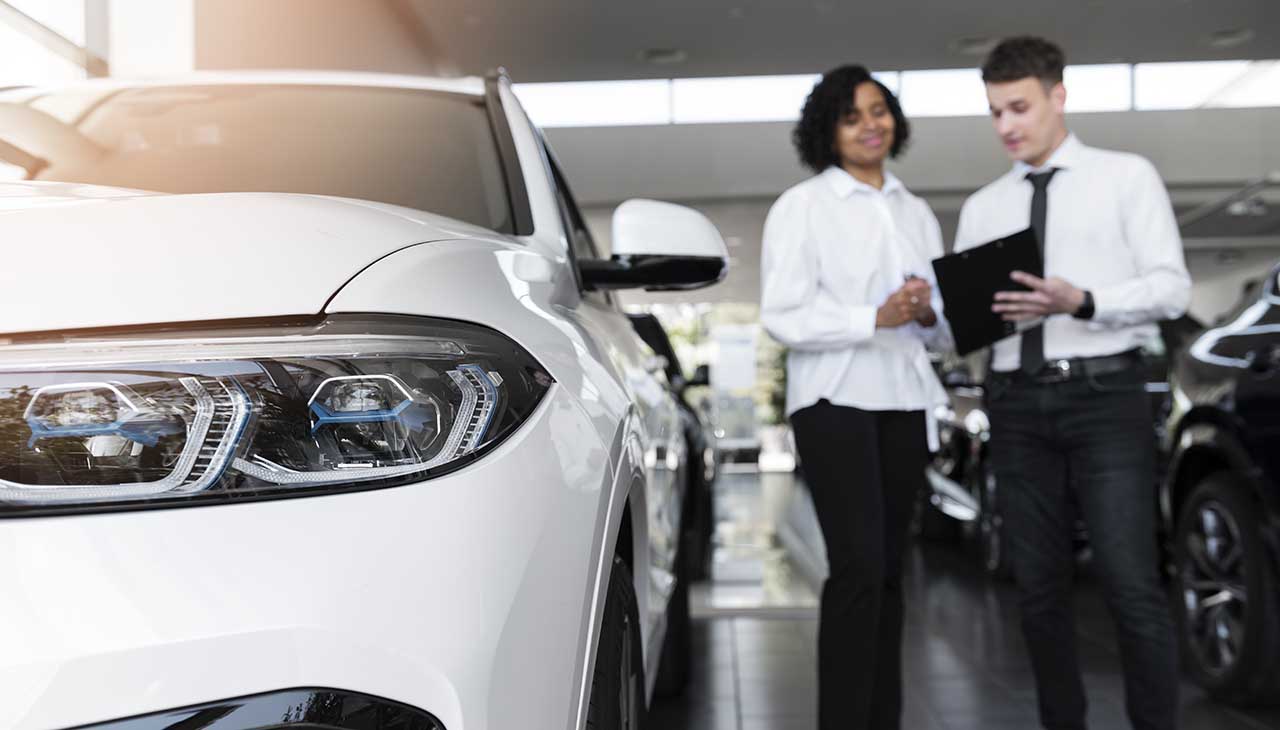
Facing an incident with a rental car, such as damage or an accident, can be a stressful experience, especially for travelers away from home or those unfamiliar with the rental car process. This guide aims to demystify the steps you should take if you find yourself in this unfortunate situation, providing clear and concise advice on assessing the damage, communicating with the rental car company, managing insurance claims, and navigating legal requirements. With the right information and a calm approach, dealing with rental car damage or accidents can be a manageable part of your travel experience, minimizing disruption and ensuring peace of mind.
Pre-Rental Preparation
Understand Your Insurance Coverage
Before you even drive your rental car off the lot, it’s crucial to have a comprehensive understanding of your insurance coverage. This includes knowing whether your personal car insurance policy extends to rental vehicles and if your credit card offers additional rental insurance. Familiarize yourself with the types of coverage offered by the rental company and decide what you may need based on your personal insurance. Understanding the details of your coverage can significantly ease the process if you happen to encounter any damage or accidents with your rented vehicle.
Take Pictures of the Car Before Driving Off
Documenting the condition of the car before you begin your rental period is an essential step in protecting yourself from potential disputes over damage. Take clear, detailed pictures or videos of the car from various angles, ensuring to capture any existing damages, however minor they may seem. Pay special attention to the windshield, mirrors, and body for any scratches or dents. This visual evidence can be invaluable in providing an accurate comparison in case damage is questioned upon the return of the vehicle.
Immediate Response
Safety First
In the event of an accident or discovering damage to your rental car, your first priority should always be to ensure everyone’s safety. Check for any injuries among all parties involved and move to a safe location away from traffic or any potential hazards. It’s crucial at this stage to remain calm and focused on assessing the situation safely.
Contact Authorities
If the incident involves another vehicle or property damage, it’s essential to contact the local police to report the accident. Getting a police report can be vital for insurance claims and in dealing with the rental company. Even in minor incidents where there are no apparent injuries or significant damage, having an official report can provide a clear, unbiased account of the incident.
Notify Rental Company
Once everyone is safe and the authorities have been notified, the next step is to inform the rental car company of the incident. Most rental agreements include a procedure for reporting accidents and damages. It’s important to follow these guidelines promptly. The rental company will guide you through their process, which may include filling out an accident report form, arranging for the car to be towed if necessary, and providing instructions on how to proceed with your rental.
Documenting the Damage
Take Detailed Photos and Videos of the Damage
After ensuring safety and notifying the necessary parties, it’s important to document all aspects of the damage to the rental car. Use your smartphone or camera to take clear photos and videos from various angles, capturing every detail of the damage. This documentation should include close-ups of the damage and wider shots of the entire vehicle to provide context. These images and videos will be crucial in supporting your case with the rental company and any insurance claims. Ensure you keep digital copies safe, as they will be an important part of the evidence if there are any disputes regarding the extent of the damage.
Fill Out an Accident Report with the Rental Company
The next critical step is to complete an official accident report form with the rental car company. This form will require detailed information about the incident, including the date, time, and location of the accident, a description of what happened, and any third party or witness details. Be as thorough and factual as possible when filling out this report. The rental company will use this document as a basis for assessing the damage and proceeding with any necessary insurance claims or repair processes. This report is also essential for your records and any future communications about the incident.
Insurance and Liability
Understand Your Liability and Insurance Coverage
It is imperative to understand your liability in case of an accident or damage to the rental car. Liability varies based on the rental agreement, the insurance policies you hold, and the local laws of the area where the accident occurred. Engage with the rental company to clarify the extent of your financial responsibility. This includes any deductible amounts you might be required to pay and the maximum coverage provided by the insurance.
Clarify with the Rental Company Their Procedure for Insurance Claims
Once you have a grasp of your liability, the next step is to understand the rental company’s procedure for processing insurance claims. This might involve coordinating with your personal car insurance provider, credit card company, or the rental company’s insurance if you opted for it. Ask the rental company about the need for any specific documentation or forms to be filled out. Also, inquire about the timeline for filing claims and any deadlines you need to be aware of. This information is crucial for a smooth claims process and ensures you are not caught off guard by any hidden requirements or procedures.
Repair Process
Obtain Repair Estimates
After assessing the damage and completing the necessary preliminary steps, it’s essential to obtain repair estimates for the rental car. This usually involves taking the vehicle to a certified mechanic or auto body shop recommended by the rental company. They will inspect the damage and provide an itemized cost estimate for repairing the vehicle to its pre-accident condition. It’s advisable to get multiple estimates if possible, as this can provide a more comprehensive view of the repair costs involved. These estimates not only inform you and the rental company about the extent of the damage but also play a critical role in the insurance claims process.
Coordinate Repairs with the Rental Company
Once you have the repair estimates, the next step is to coordinate the repair process with the rental company. This involves discussing the estimates provided, agreeing on a repair shop, and understanding the timeline for the repairs to be completed. The rental company may have specific accredited repair shops they prefer to work with, or they might allow you to choose from an approved list. It’s crucial to follow the rental company’s procedures for repairs to ensure that any work done is covered under the insurance policy or rental agreement. The rental company will also guide you on how to proceed with a replacement vehicle if needed during the repair period.




